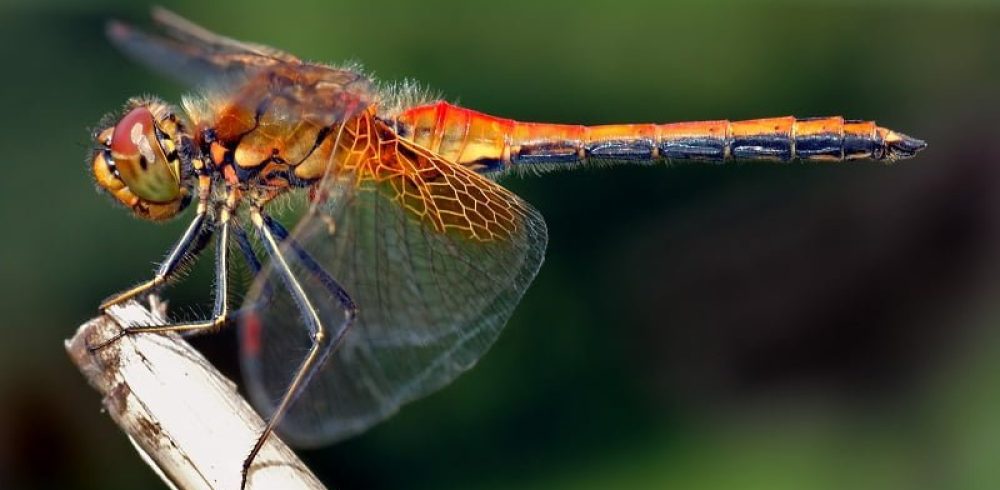Robotics have been turning to animals for means of inspiration. The idea of combining animals and machines may seem a little bizarre but it is believed the flow of action potentials around the nervous system that connects out sensory organs and muscles is not dissimilar from the network of wires carrying electrical signals between robot sensors. The UK ministry of defence is funding the UK biomimetic engineering start-up company: Animal Dynamics with a whopping £1.5 million for the creation of a microdrone with wings, taking its inspiration from the dragonfly.
The approach involves genetically modifying the animal/bug so that neurons feature light sensitive functions, the process is called Optogenetics. The neurons are thought to be controlled by pulses of light which could essentially be more effective than using electrical stimuli. Alongside this cyborg bug, engineers and developers are working on a bug-backpack that can carry any necessary control electronics and navigation systems that can ensure the dragonfly drones fly without human assistance. The theory is one day these newly engineered creatures/drones will be able to carry small payloads, conduct surveillance and aid in specific research projects.
Currently the drone-dragonfly mash up remains on solid ground, but developers are confident for test runs within the next two to three months. The research team are now looking to find an extra £4 million funding to continue their development and aid some potential spin of projects. Nature offers some of the most unique tricks that the world of robotics is learning from and taking full advantage of.
Back in 2010, a US company created a drone with wings reflective of a humming bird but the dragonfly model is thought to gain more substantial success in terms of engineering advancement. Using a drone with mechanical wings can have its downfalls which is why the team are working hard to continue their research, the wings can struggle in harsh conditions and can be noisy or even dangerous, requiring a lot of power to remain airborne. The idea is to form a more robust flight technique that can withstand tough environmental conditions.
In Afghanistan and Iraq small drones are nothing new, with soldiers using them as tools to see around blind corners as aspect of safety and deference that is becoming more or less essential in parts of the world who are at war. There remains the frustration that these drones must be small to be secretive yet their size often leads to their downfall when the wind picks up. There is still a fair way to go with this technology but itâs exciting to realize the potentials and we are looking forward to seeing the prototype take off for its first flight!
















